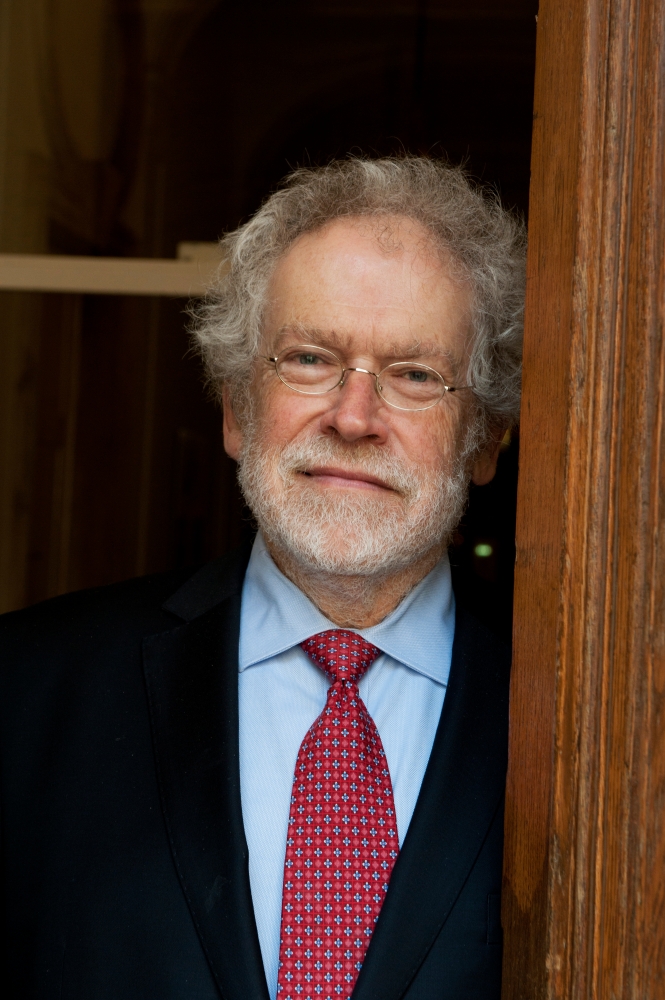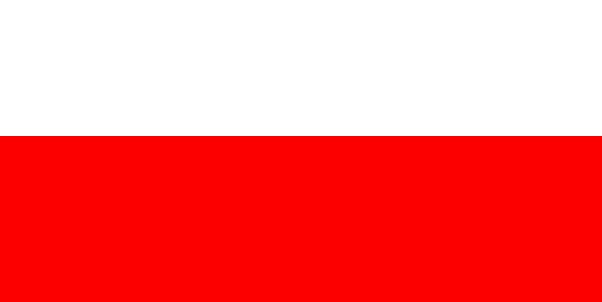Prof. Anton Zeilinger
Professor Anton Zeilinger Doctor Honoris Causa of the Gdańsk University
Anton Zeilinger (PhD 1971, Vienna University) is Professor of Physics at the University of Vienna and the current President of the Austrian Academy of Sciences. He has performed many ground-breaking experiments in quantum mechanics, from important fundamental tests all the way to innovative applications. After studying physics and mathematics at the University of Vienna, Anton Zeilinger worked as a PhD student and later on as a research assistant under the supervision of Helmut Rauch at the Technical University of Vienna. As a member of his group, Zeilinger participated in a number of neutron interferometry experiments at the ILL in Grenoble. His first such experiment already confirmed a fundamental prediction of quantum mechanics, the sign change of a spinor phase upon rotation. This was followed by the first experimental realization of coherent spin superposition of matter waves. He continued his work in neutron interferometry at M.I.T. with C.G. Shull (Nobel Laureate 1995) focusing specifically on dynamical diffraction effects of neutrons in perfect crystals which are due to multi-wave coherent superposition.
After his return to Europe, he built up an interferometer for very cold neutrons which preceded later similar experiments with atoms. The fundamental experiments there included a most precise test of the linearity of quantum mechanics and a beautiful double-slit diffraction experiment with only one neutron at a time in the apparatus. Actually, in that experiment, while one neutron was registered, the next neutron still resided in its Uranium nucleus waiting for fission to happen. In the late 1980s, Anton Zeilinger became interested in quantum entanglement. This work resulted in his most significant accomplishments. Together with Greenberger and Horne, he wrote the first paper ever on entanglement beyond two particles. The resulting GHZ theorem is very fundamental for quantum physics, as it provides the most succinct contradiction between local realism and the predictions of quantum mechanics. Also, GHZ states were the first instances of multi-particle entanglement ever investigated. They are now even an individual entry in the PACS code. In 1990, Zeilinger became Professor of Physics at the University of Innsbruck. He took the opportunity to start two lines of research. One concerned entangled photons, the other, because of the limited possibilities with neutrons, atom optics. He developed a number of ways to coherently manipulate atomic beams, many of which, like the coherent energy shift of an atomic De Broglie wave upon diffraction at a time-modulated light wave, have become cornerstones of today’s ultracold atom experiments.
With entangled photons, his goal from the early 1990s on to demonstrate the GHZ contradiction was achieved finally in 1998. Along the road, he developed many novel tools for entangled photon physics, for example a bright source for polarization-entangled photons, or ways to identify Bell states and methods for producing coherent emission of more than one entangled pair from one crystal. The resulting technology allowed him to perform a number of first quantum information experiments with entangled photons. The first ever use of entanglement in any quantu information protocol was his demonstration of hyperdense coding. His achievements also include the first entanglement-based quantum cryptography, the first quantum teleportation experiment of an independent photon and the first realization of entanglement swapping. In 1999, Anton Zeilinger became Professor of Physics at the University of Vienna and again switched fields, abandoning atom optics for experiments with very complex and massive macromolecules. The successful demonstration of quantum interference for C60 and C70 molecules in 1999 opened up a very active field of research. Key results include the most precise quantitative study to date of decoherence by thermal radiation and by atomic collisions and the first quantum interference of complex biological macro-molecules. This work is continued by Markus Arndt.With entangled photons, the main focuses of Anton Zeilinger’s research since 2000 were alloptical quantum computation, the development of entanglement-based quantum cryptography systems, and experiments with entangled photon pairs over very large distances.In all-optical quantum computation, Zeilinger with his group were the first to demonstrate a number of basic procedures, such as entanglement purification and certain quantum gates. This culminated in the first demonstrations of one-way quantum computation, including most recently, ultra-fast active feed-forward. The one-way quantum computation scheme was used to realize Grover’s search algorithm and various quantum games, including Prisoner’s dilemma. This work is continued by Philip Walther. Anton Zeilinger has also been among the pioneers for precision experiments on the violation of Bell’s inequality with entangled photons. Still in Innsbruck, he performed with his group a test with independent random number generators closing the communication loophole. This continued in the Canary Islands with a long-distance experiment closing for the first time the freedom-of-choice loophole, followed by an experiment in Vienna closing for photons the fairsampling loophole. Most recently, with his group in Vienna, he was able to perform a significantloophole- free test of local realism with entangled photons closing all loopholes at once. Such experiments are also important for applications, because they provide the definitive proof that quantum cryptography can be unconditionally secure. Zeilinger’s experiments on the distribution of entanglement over large distances began in Vienna with the first entanglement-based money transfer between a bank and a customer. This continued with both free-space and fiber-based quantum communication and teleportation between laboratories located on the different sides of the river Danube. This was then extended to larger distances across the city of Vienna and most recently over 144 km between two Canary Islands, resulting in a successful demonstration that quantum communication with satellites is feasible. In a collaboration with the Chinese Academy of Sciences, a satellite-based world-wide quantum communication network is being developed. Anton Zeilinger also tries to inspire curiosity and passion for knowledge and learning in others. He is founder and director the “International Academy Traunkirchen”, an institution devoted to the dedicated to the support of gifted students. He also wrote 3 bestselling popular science books, “Einsteins Schleier”, “Einsteins Spuk” and “Dance of the Photons” and contributed widely to science communication through art, for example through participation in the world famous art festival dOCUMENTA (13). Among his many awards and prizes are the German Order Pour le Mérite, the Wolf Prize, the Inaugural Isaac Newton Medal of the Institute of Physics, the Great Cross of Merit with Star of the Federal Republic of Germany, the Medaille du Collège de France, the Willis E. Lamb Award for Laser Science and Quantum Optics and the King Faisal Prize. He is a member of the Austrian, Berlin-Brandenburg, Slovak, Belarus & Serbian Academies of Science, the German National Academy Leopoldina, the Académie des Sciences Paris, the US National Academy of Sciences, the European Academy of Sciences and a fellow of the American Association for the Advancement of Science AAAS, the American Physical Society APS and the World Academy of Sciences TWAS and a Socio Corrispondente Straniero of Accademia Galileiana. Besides being awarded an Honorary Doctorate by Gdansk University, he is also Honorary Doctor of the Humboldt University Berlin and of the National Academy of Sciences of Ukraine as well as Honorary Professor of the University of Science and Technology of China.





 Professor Anton Zeilinger
Professor Anton Zeilinger